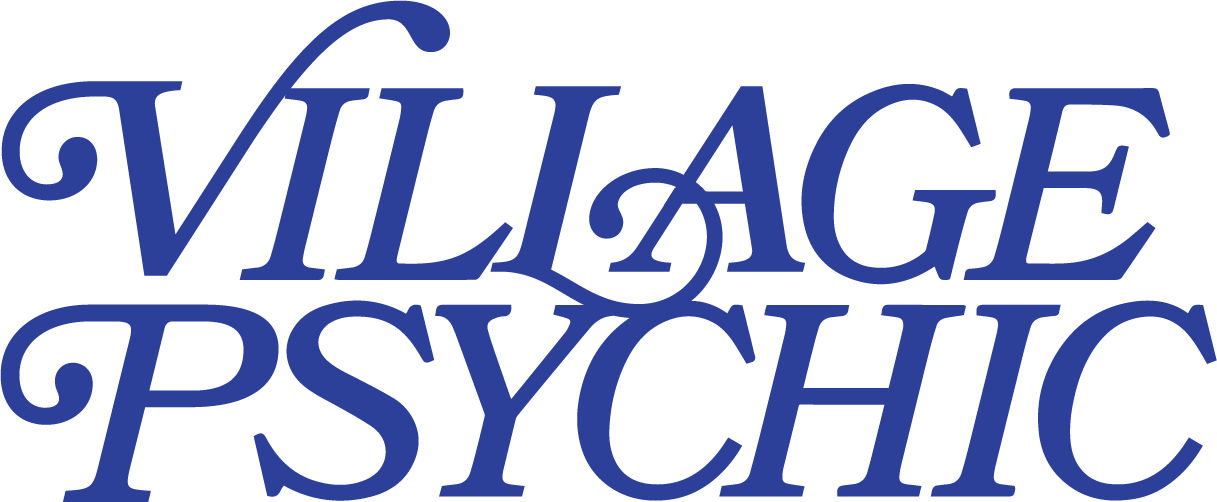Skateboarding's Savier
If you take only one thing away from this article, make it this: Brian Anderson filmed his magnum opus of a part in Yeah Right skating in almost exclusively Savier shoes. The trick above is seen in that part. Savier ad, 2003.
Savier, for those who weren't yet skateboarding/living, was a skate shoe company that existed from 2000-2004. Savier was purchased by Nike in 2001 after their initial foray into the skate shoe market was less than successful, and went on to become a popular company for a short time.
You could always count on getting a bottle opener or skate tool with your Saviers.
There was a lot to like about Savier during its brief run. Their shoes had an extremely unique look and were both comfortable and durable. Their original team consisted of legends in the making Brian Anderson and Brad Staba, and current day footwear mogul Stefan Janoski was added soon after. Yet Savier's most remarkable quality laid in how different their shoes were from the rest of what was being skated at the time.
Savier's 2002 Brad Staba pro model.
The éS Tribo, an example of the busier offerings available in 2002.
In an industry where cramming the most shit onto a shoe as possible was the order of the day, Savier stood out by producing clean and simple looking shoes that served as a sharp contrast to the clutter-laden models that lined skate shop walls.
Savier was also unique in that it was a line built around a technology. Interfuse, Savier's signature construction method allowed them to make shoes with without seams, a big part of what made their shoes look and feel different from the rest. Much like Nike's current Flywire or Lunarlon technologies, Interfuse was a shoe technology you knew actually did something for you – no frayed stitching after your first session, no weird poking on the inside of the shoe. The unique and practical technology used in these shoes was enough to get loads of skaters to give them a try.
Savier did a few things right, and ads were one of those things. Brad Staba, wallride. 2001.
Yet there was even more to Savier than its shoes and the skaters that wore them. Their ads felt new and exciting, and like their shoes had an extra dose of creativity. This was the brand that took Staba and Anderson from their skate rat origins as rail chompers and put them in some aesthetically interesting situations, turning them into the guys other skaters wanted not just to skate like, but to dress like as well. Savier truly had a style of it's own.
Of course, it wasn't all home runs for the fledgling skate shoe company. Tim O'Connor's first pro model, The Story, featured a story written by Tim himself as the shoe's tread. As one could imagine, this did not provide much in the way of grip. Additionally, some of the brands shoes relied too heavily on synthetic materials, making them feel hard and unskateable.
After its initial popularity, Savier's contributions were quickly pushed aside by back-to-basics wave of mid 2000s. Skate shoe manufacturers began to focus on classic styles, leading to the popularization of the boat shoe-esue Janoski, vulc soles like the Lakai Manchester and the Nike Harbor, and everything Vans makes. Savier became a relic of a time when shoe technology was king.
Nyjah Huston's 2015 pro model from DC features the seamless construction popularized by Savier and looks a hell of a lot like something Savier would have made. Photo via Ripped Laces.
Now that skate shoes have once again taken a turn for the tech, it's interesting to take another look at Savier. It's not surprising that much of what we saw in their shoes is finding its way back into the market. Seamless construction was used in the upcoming Nyjah pro model seen above, and the simple-yet-tech look that Savier helped establish has taken over as the predominant aesthetic in the industry. Without Savier's influence we might be looking at a return to giant airbags and non-functional rubber protrusions.
Savier did something interesting at a time when others were content to maintain the status quo. Although the brand didn't last very long, its influence has stood the test of time.
Thanks to Ripped Laces, Skate.ly and Quartersnacks for the research material.







